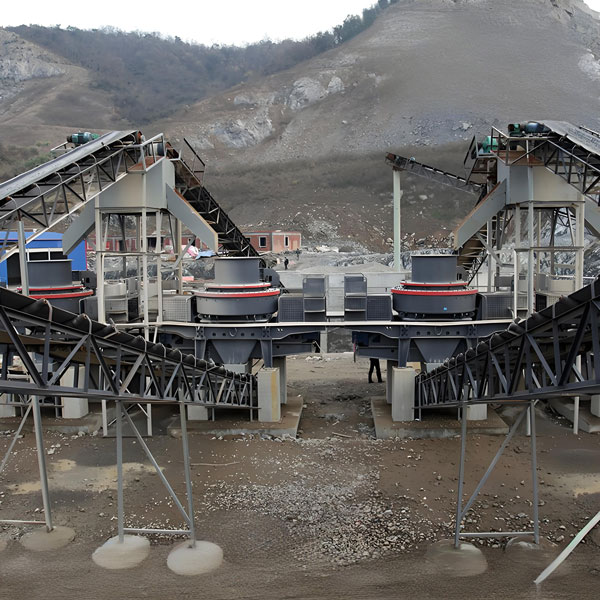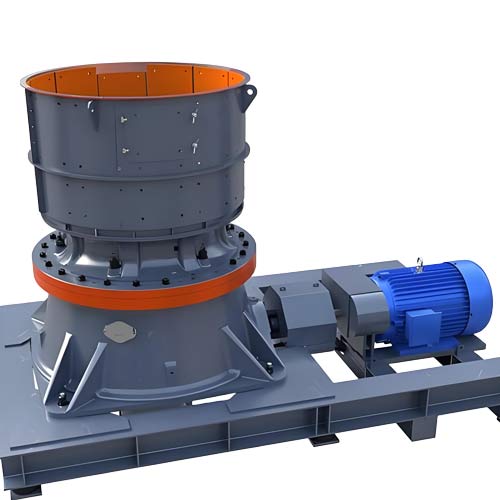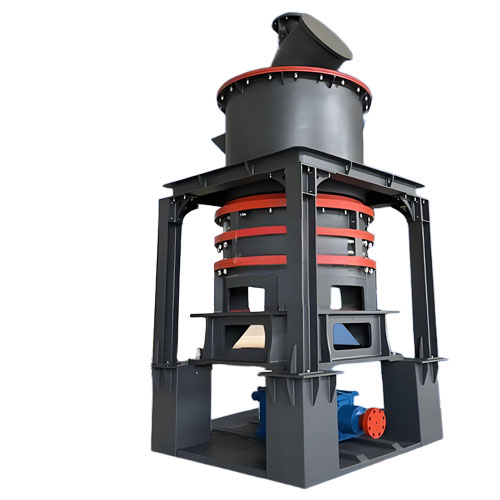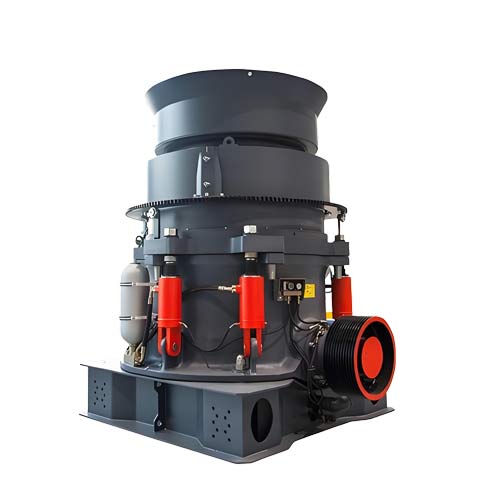Ways to utilize phosphogypsum resources and choose grinding mills
Phosphogypsum is a by-product of phosphate fertilizer production. Its resource utilization is of great significance to environmental protection and economic benefits. Currently, the main resource utilization methods of phosphogypsum include:

1. Building materials
○ Cement retarder: replaces natural gypsum and improves cement performance by delaying cement hydration reaction.
○ Gypsum blocks/boards: Made of phosphogypsum as the main material, with lightweight aggregates and reinforcing materials added, they are widely used in wall materials.
○ Anhydrous gypsum polymer material: Anhydrous gypsum is generated through high-temperature treatment and is used to produce waterproof and moisture-proof packaging boxes (such as express packaging) and polymer filling materials.
2. Chemical Industry and Circular Economy
○ Sulfuric acid production and cement production: Phosphogypsum is decomposed at high temperature to produce SO₂ and CaO. SO₂ is used to produce sulfuric acid, and CaO is used in cement production, forming a circular industrial chain of phosphate fertilizer-sulfuric acid-cement.
○ Extraction of chemical raw materials: Processing phosphogypsum to extract phosphorus, fluorine and other elements for the production of fertilizers, pesticides, etc.
3. Agricultural applications
○ Soil conditioner: Phosphogypsum is rich in sulfur, calcium and other elements. It can improve the soil structure of calcium and sulfur deficient soils and enhance the disease and drought resistance of crops.
4. Environmentally friendly materials
○ Made into environmentally friendly building materials such as gypsum boards and ecological bricks, reducing the consumption and pollution of traditional materials.

How to choose phosphogypsum grinding mill
The diversified utilization of phosphogypsum requires the support of efficient grinding equipment. The following factors should be considered when selecting a grinding mill:
1. Production and fineness requirements
○ Select equipment models (such as GKLM vertical grinding mill, etc.) according to production scale to ensure production capacity matching.
○ Target fineness: Building materials usually require coarse powder (such as 80-325 mesh), while high-end applications (such as anhydrous gypsum, chemical raw materials) may require ultrafine powder (0.04-0.005mm or higher).
2. Equipment performance and stability
○ Give priority to high-efficiency equipment such as vertical grinding mills and ultra-fine roller mills, which have the characteristics of large feed particle size, low energy consumption and uniform finished product fineness.
○ Ensure stable equipment quality and reduce maintenance costs, such as the GKLMX ultra-fine vertical grinding mill (suitable for materials with Mohs hardness below level 7).
3. Environmental protection and energy consumption
○ Select equipment that meets environmental protection standards to reduce dust emissions and noise pollution.
○ Highly efficient energy-saving technologies (such as low-energy motors and sealing systems) can save long-term operating costs.
4. Investment and Budget
○ Balance initial investment with long-term returns. Consult multiple suppliers for quotes and compare price/performance (e.g., equipment price, spare parts costs, and maintenance services).
5. Application adaptability
○ Select machine models based on different utilization methods: For example, the production of sulfuric acid and cement may require high-temperature resistant equipment; agricultural powder use focuses on low-cost, high-yield models.

Practical advice
● Technical consultation: Communicate with professional equipment manufacturers to customize solutions based on the characteristics of raw materials (hardness, moisture).
● Test verification: Prototype testing may be required for key equipment to verify the grinding effect and stability.
● Policy support: Pay attention to local government subsidy policies for the use of phosphogypsum to reduce project risks.
Summarize
The resource utilization of phosphogypsum requires the selection of technical paths and equipment based on specific scenarios, with priority given to the use of efficient, environmentally friendly and adaptable grinding mills. Through technological innovation and industrial chain collaboration, the transformation from “waste residue” to high-value-added products can be achieved, promoting green and sustainable development.
Related Products
Inquiry
Please leave us your requirements, we will contact you soon.





